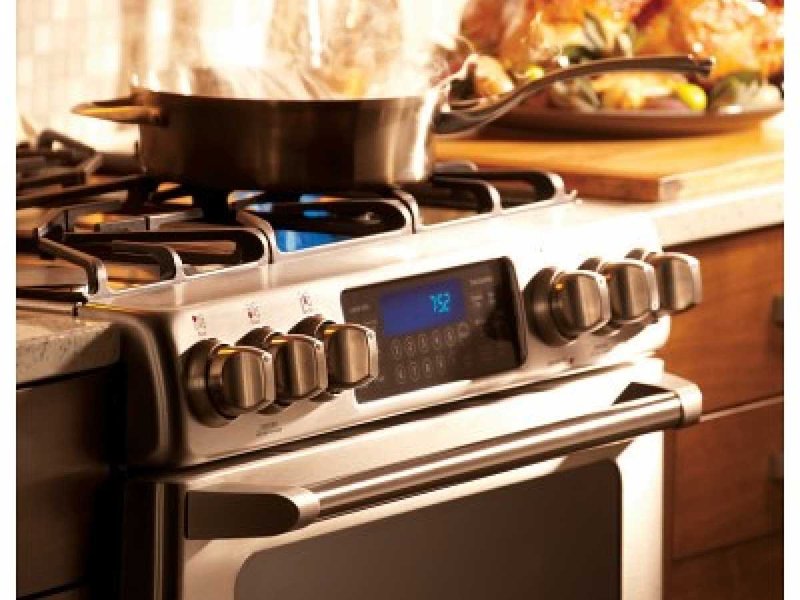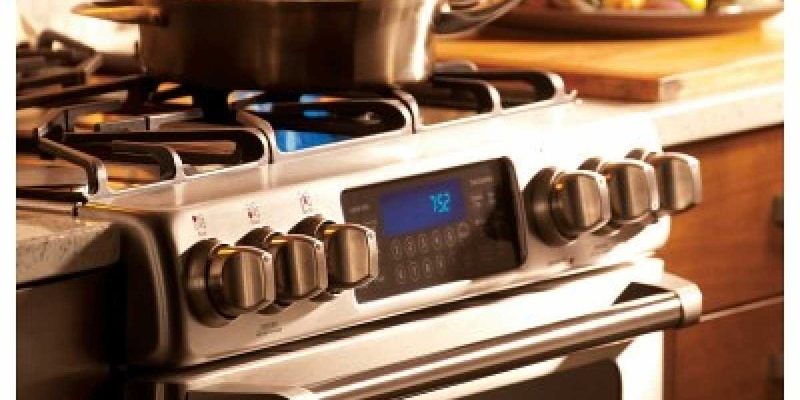
Error codes are like secret messages hidden in plain sight. They might seem intimidating at first, like hieroglyphics or a secret language known only to tech whisperers. But once you crack the code, you’ll see your trusty oven or range just wants to communicate its needs. In the case of GE ovens and ranges, the E3 error code is a common message that indicates a specific type of issue, which we’re about to unfold together.
Now, let’s journey into the heart of your kitchen appliance to uncover what the E3 error code might be pointing to and how you can address it. By the end of this, you’ll feel like a pro at deciphering these digital hieroglyphs.
Understanding the E3 Error Code
The E3 error code primarily relates to an issue with the oven’s or range’s temperature sensor. Imagine your oven or range as an orchestra, where each part plays a specific role in harmony to cook your favorite meals. The temperature sensor, in this analogy, is like the conductor. It ensures everything is at the right tempo—aka temperature. When the E3 error code appears, it generally means this conductor is offbeat and needs a bit of attention.
How does this happen? Well, just like how our cars need routine maintenance to prevent breakdowns, your oven’s components can falter over time. The temperature sensor might be malfunctioning or have lost its calibration, confusing your oven’s control board. The control board relies on this sensor to determine when to heat things up and when to cool them down. If it’s not reading correctly, the oven gets a mixed signal, much like a dance with two left feet.
The first course of action is to reset your oven by powering it off and then back on. This simple reboot can sometimes fix the problem, much like restarting a computer solves a frozen screen. If that doesn’t work, it might be time to delve deeper into the potential causes.
Common Causes of the E3 Error
The most frequent culprit behind the E3 error code is a faulty temperature sensor. Think of this component as the thermometer that’s constantly monitoring the oven’s temperature. Over time, it can become inaccurate or fail due to heat exposure or simple wear and tear. When this happens, your oven doesn’t know the right temperature to set, leading to potential undercooking or overcooking of your meals.
Another potential cause can be a wiring issue between the sensor and the control board. Picture this as the phone line between two friends. If the line has interference or is disconnected, messages get jumbled or don’t get through at all. Similarly, wiring problems can cause a disconnect in communication, leading to the E3 error code being displayed.
Lastly, although less common, the control board itself might be the issue. This is the brain of your oven, processing all the information from various sensors and determining the correct actions to take. If it’s malfunctioning or has a glitch, it might misinterpret the data, resulting in an error code.
Resolving the E3 Error Code
So, how do you address this pesky E3 error? Start by inspecting the temperature sensor. You can locate it inside the oven cavity, usually at the back. It often resembles a long rod. Make sure it’s securely connected and hasn’t been dislodged, which might resolve the error.
If the sensor seems fine but the problem persists, checking the wiring is next. Carefully look for any visible signs of damage like frays or breaks. It’s like checking the string of holiday lights for the one bulb that’s out—sometimes, a simple fix is all it takes.
If all else fails, it might be worth consulting the manual or calling in a professional. While it’s tempting to consider yourself a DIY hero, some problems require an expert touch. They can diagnose if the control board is the issue and recommend whether it needs repair or replacement.
Preventative Tips and Final Thoughts
Preventing future instances of the E3 error code can save you a lot of hassle. Regularly checking and cleaning your oven’s temperature sensor can extend its life and accuracy, much like regular dental check-ups keep your teeth healthy. Keeping the sensor free from grease and debris helps ensure the sensor remains accurate.
In addition, consider periodic maintenance checks for your oven’s wiring and control board. Just a routine glance can catch potential issues before they become a problem. This proactive approach is like giving your car those regular oil checks. It keeps things running smoothly.
If you’re still feeling unsure, don’t hesitate to reach out to professional repair services. They’re like the oven whisperers who can solve any culinary conundrum. Your GE oven or range is a valuable kitchen companion. With a little care and knowledge of the E3 error code, you can keep it running smoothly for years to come.
